The 1960s were a transformative period in the Western world. With the widespread use of psychedelic drugs spawning from an obsession with the expansion of the conscious mind, and characterized by advocates for social justice, peace, and free love, the counterculture movement brought about radical social change. Notorious figures of the movement like Timothy Leary, Ken Kesey, Ram Dass, and The Brotherhood of Eternal Love shaped the decade, and in many ways their influence remains apparent in American culture today.
Blossoming in an age of the political tensions of the Cold War and the controversy of Vietnam, members of the counterculture movement distrusted the government and championed freedom in every aspect of their lives, resulting in revolutionary anti-war protests, a rise in environmentalism, and struggles for privacy rights and sexual freedom throughout the country. There are many influential moments, people, and conflicts essential to understanding the movement, and we’ve chosen nine fascinating books about 1960s counterculture to guide you through every aspect of the historic decade.

I Have America Surrounded
The psychedelic revolution of the 1960s and 70s would not have been the same without Timothy Leary, the psychologist turned psychedelic drug guru, FBI narc, and electoral candidate for governor of California. Leary was dubbed “the most dangerous man in America” by President Nixon. In I Have America Surrounded, John Higgs demonstrates how, from an early period at West Point and successful academic career at Harvard, Leary became the founder of a psychedelic “summer camp” in Mexico and a fugitive abroad through gripping stories of adventure, experiments, and a search for alternate realities.
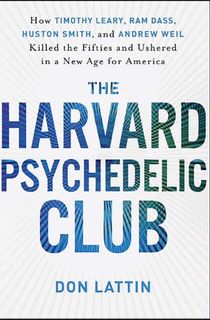
The Harvard Psychedelic Club
Don Lattin’s The Harvard Psychedelic Club is the true story of three scholars and an ambitious student who met at a Harvard-sponsored psychedelic drug research project and whose explorations of the expanded mind would ignite the social, spiritual, sexual, and psychological revolution of the 1960s.
Huston Smith promoted cross-cultural religious and spiritual tolerance, Andrew Weil led the holistic medicine revolution, Ram Dass coined the notorious mantra “be here now,” and Timothy Leary became an icon of the counterculture movement and an LSD guru. The four men pioneered the Mind/Body/Spirit movement that would bring yoga, vegetarianism, and Eastern mysticism to the forefront of Western culture in a way that would forever alter how Americans understand religion, medicine, and the body and soul.
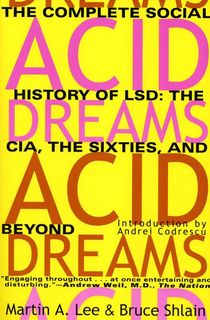
Acid Dreams
An in-depth history of LSD and its effects on Western culture in the 1960s, Acid Dreams traces LSD from its discovery in 1943 to its use by the CIA during the Cold War, including the experiments on unsuspecting residents of Greenwich Village and San Francisco. Researchers originally hoped to use LSD as an espionage weapon, but instead, many psychiatrists saw its potential to illuminate underlying causes of mental illness, and writers, artists, and activists used the drug to break free from cultural repression.
Using shocking articles released through the Freedom of Information Act, Martin A. Lee profiles essential figures like LSD chemist Ronald Stark and psychologist Timothy Leary, who encouraged the use of LSD, to understand the role that the drug and the discovery of psychedelics had on American culture.
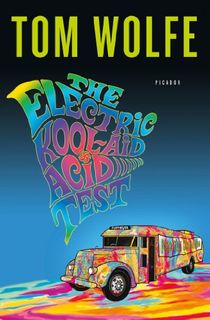
The Electric Kool-Aid Acid Test
Another icon of the 1960s counterculture, novelist Ken Kesey set out across the country with his Merry Pranksters and their “Transcontinental Bus Tour” to spread love and acid in one of the most influential bus rides of the counterculture movement. Author of The Electric Kool-Aid Acid Test, Tom Wolfe, witnessed the group’s pilgrimage and shares a firsthand account of some of the most notorious hippies of the 1960s as Kesey traveled the country, presiding over “Acid Tests” and growing the movement one trip at a time.
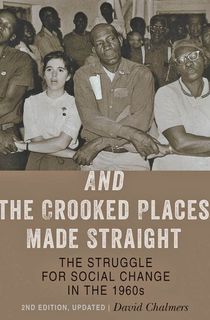
And the Crooked Places Made Straight
In addition to the counterculture movement bolstering the psychedelic revolution, the 1960s saw progressive change that forever altered American standards for race, politics, privacy, and policing. With the Civil Rights Movement, the rise of second-wave feminism, growing anti-war sentiments and the media’s struggle against the government over the Vietnam War, David Chalmers explores the rebellious decade in detail. And The Crooked Places Made Straight is an essential guide to the radical 1960s and a key to understanding the years that followed.
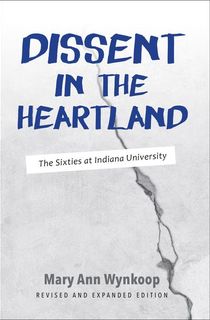
Dissent in the Heartland
By now it’s established that the 1960s were a transformative period in almost all aspects of society, but nowhere were the effects of the counterculture mindset more evident that Indiana University. Nestled miles away from the elite universities and radical urban pulse points of the East and West coasts, students at Indiana University manufactured their own rebellion against the constructs of both their campus society and America. Mary Ann Wynkoop examines how students at IU became civil rights activists, feminists, antiwar protesters, and members of the counterculture that redefined higher education and shaped the politics and cultural values of Middle America.
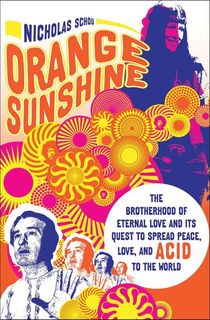
Orange Sunshine
As much as the 60s were a period for positive change, the counterculture movement had its shortcomings. The Brotherhood of Eternal Love, which started as a band of peace-loving surfers, quickly became the biggest acid dealers and hashish smugglers in the country.
Nick Schou illustrates how, after the first U.S. state banned LSD, the Brotherhood founded a legally registered church where they sold blankets and other, much less innocent paraphernalia, including their own homemade drug, Orange Sunshine. The powerful acid tablet was passed around to customers like the Hells Angels, the Manson Family, and to any number of communes, concerts, and more. Orange Sunshine is the story of the Brotherhood as told by its surviving members and the authorities that chased them.

Dirty Kids
Dirty Kids is the firsthand account of Chris Urquhart’s experience traveling with hippies and living alongside runaways, dropouts, crust punks, Deadheads and Rainbows in an attempt to fully immerse herself in their world and understand their nomadic lifestyle. Documenting her own struggles with mental health, substance abuse, and the threat of violence that loomed over her journey, Dirty Kids examines all aspects of hippie culture—the good and the bad. Despite the hardships faced on the road, the culture of generosity, desire for peace, and non-capitalistic collaboration Urquhart experienced in her travels permanently altered her perspective on life, love, and freedom.
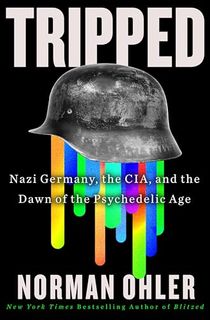
Tripped: Nazi Germany, the CIA, and the Dawn of the Psychedelic Age
It’s no secret that the rise of psychedelic use significantly impacted the momentum of the counterculture movement, but before hippie culture and rock music sprung up on American soil, Nazi Germany was experimenting with the drugs. Following the fall of the Third Reich and the Nazi’s strict anti-drug laws, substance use was rampant throughout Berlin despite the efforts of the Allied powers to regulate it.
When the drugs were brought back to the United States, Harvard professor Dr. Henry Beecher worked with the US government in an attempt to uncover the Nazis' research, and birthed the CIA’s own questionable experiments as a result. With extensive archival research, Norman Ohler exposes the secret history of early psychedelic drug use in America and the origins of America’s War on Drugs as a result.
This post is sponsored by Open Road Media. Thank you for supporting our partners, who make it possible for The Archive to continue publishing the history stories you love.


